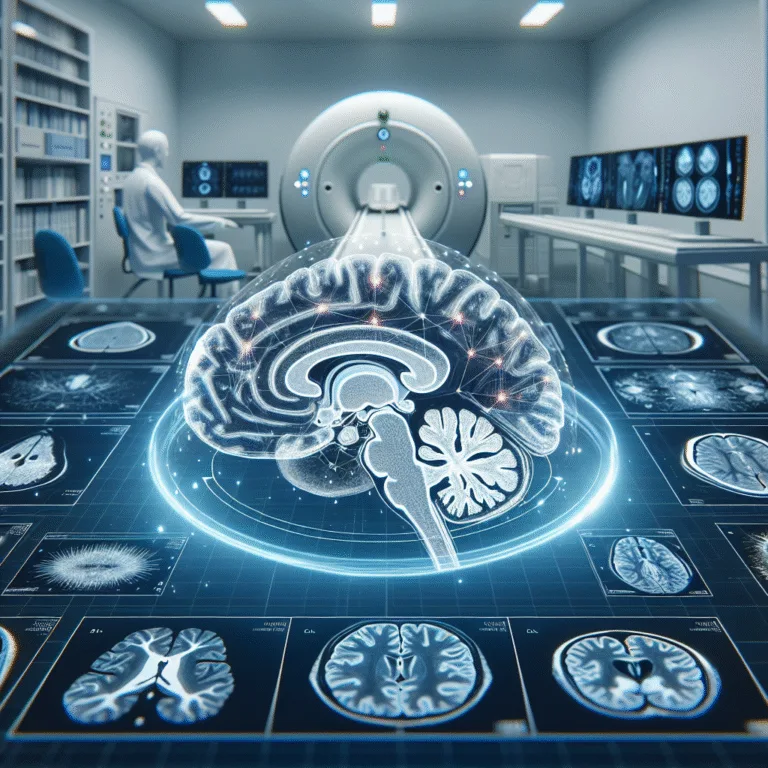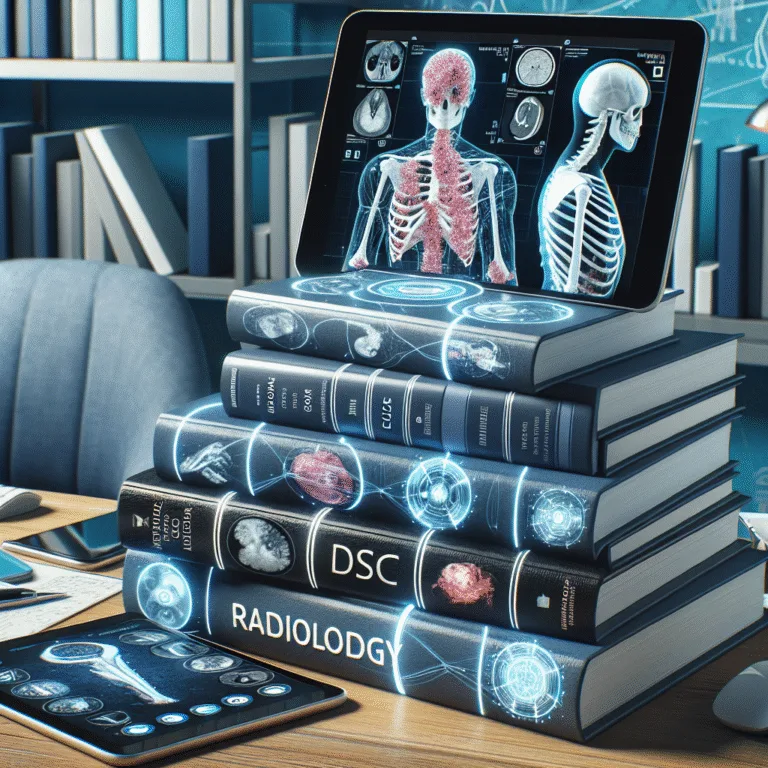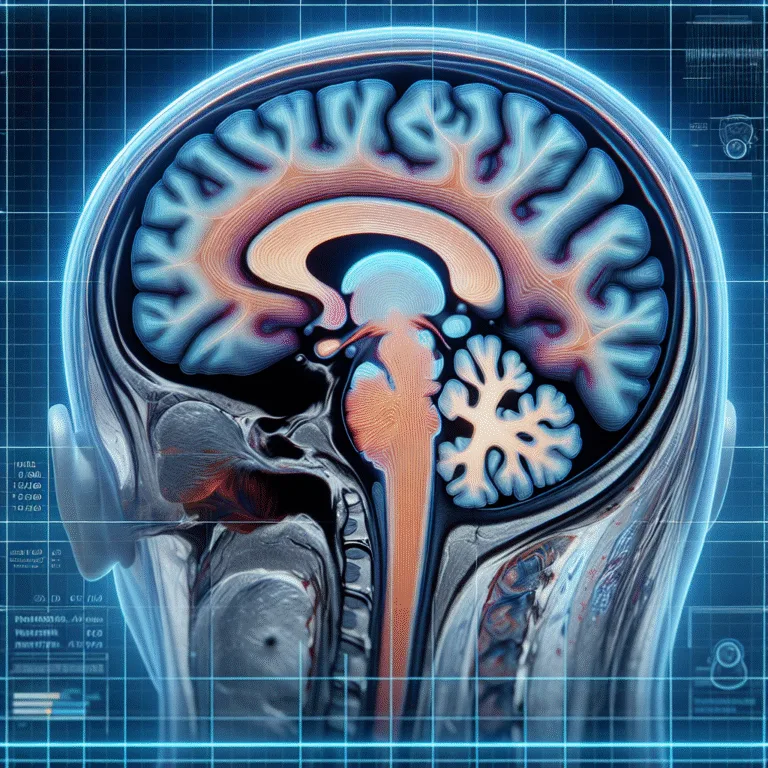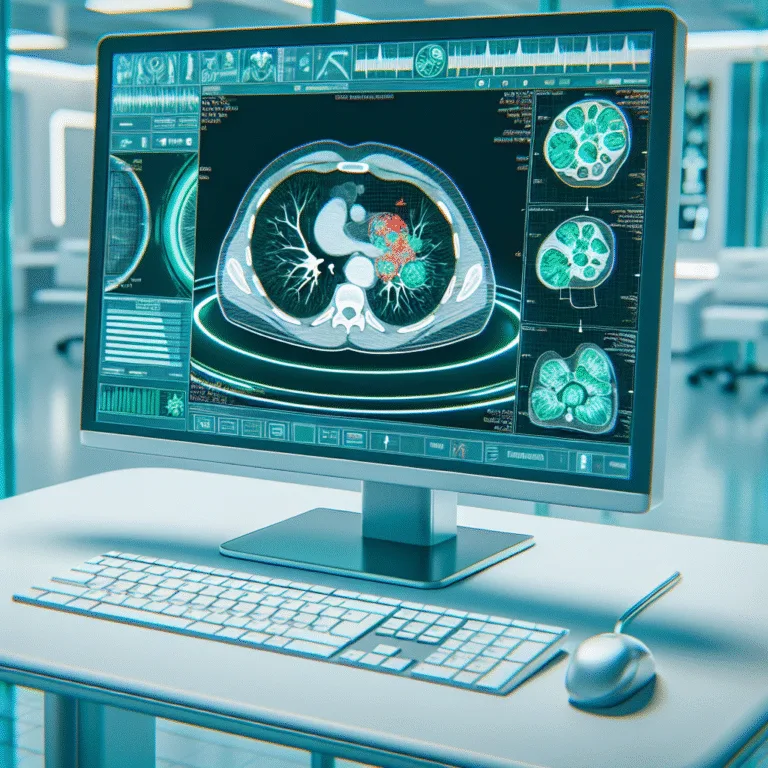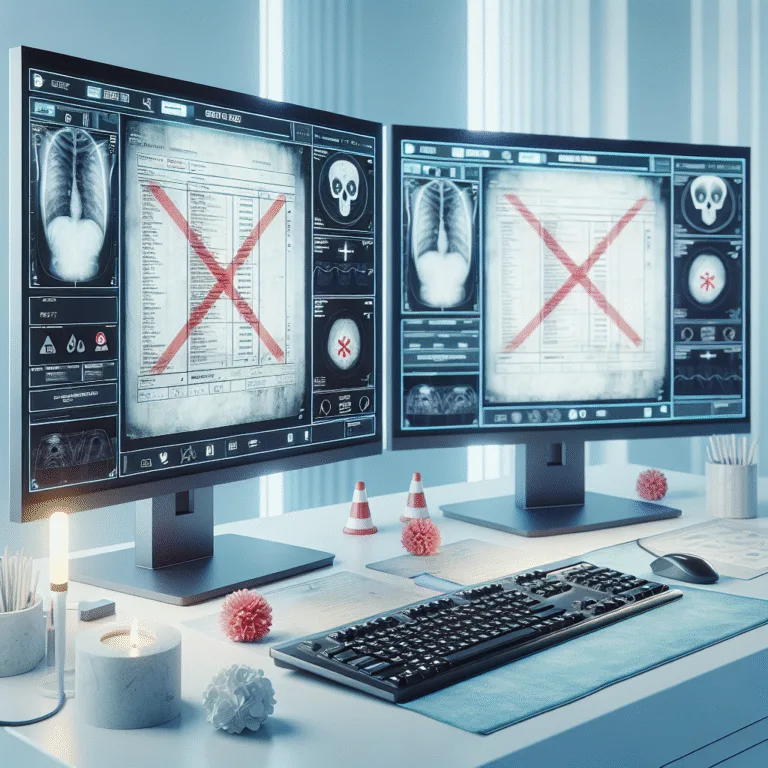How to Describe MRI Findings Like a Pro: A Guide for New Radiologists
How to Describe MRI Findings Like a Pro: A Guide for New Radiologists
The ability to articulate complex findings clearly is a hallmark of an expert radiologist. This guide is designed to help new radiologists master the art of description. Learn the precise terminology and effective phrasing needed to describe common MRI findings in a way that is professional, unambiguous, and clinically valuable.
Mastering the skill of how to describe MRI findings like a pro is crucial for radiologists, especially those new to the field. The precision in articulating complex findings can significantly impact clinical decisions and patient outcomes. This guide aims to provide radiologists with practical advice on using precise terminology and effective phrasing to describe MRI findings professionally and unambiguously.
Understanding MRI Terminology
To describe MRI findings accurately, radiologists must be familiar with the specific terminology used in the field. MRI reports typically include terms related to signal intensity, anatomical structures, and abnormalities. Key terms include:
- Signal Intensity: Descriptors like hyperintense, hypointense, and isointense are used to compare the signal of a lesion to surrounding tissues.
- Lesion Characteristics: Terms such as well-circumscribed, irregular, homogeneous, and heterogeneous describe the appearance and borders of lesions.
- Anatomical Location: Precise anatomical terms are essential to pinpoint the exact location of findings.
Using these terms accurately helps ensure clarity and consistency in MRI reporting.
How to Describe MRI Findings Like a Pro
Developing proficiency in describing MRI findings involves more than just knowing the terminology. It requires the ability to synthesize information and convey it effectively. Here are some strategies:
Use Structured Reporting
Structured reporting provides a standardized format for describing findings, ensuring that all relevant details are included. This approach enhances clarity and facilitates easier interpretation by referring physicians. Consider using templates to maintain consistency.
Be Concise and Precise
While it’s important to be thorough, avoid unnecessary details that may obscure the main findings. Focus on the most clinically relevant information. For example:
Findings: A 2 cm hyperintense lesion located in the right frontal lobe, well-circumscribed and homogeneous, with no surrounding edema.
Leverage AI Tools
AI-powered tools like Rad Report AI can assist radiologists in generating accurate and efficient reports. These tools offer voice dictation and automated suggestions, streamlining the reporting process and reducing the risk of errors.
Common Challenges and Solutions
New radiologists often face challenges in MRI reporting. Here are some common issues and potential solutions:
Ambiguity in Descriptions
Ambiguous descriptions can lead to misinterpretations. To avoid this, use specific terms and quantify findings whenever possible. For instance, instead of saying “large mass,” specify the size and location.
Overlooking Incidental Findings
Incidental findings can be clinically significant. Always document these findings, even if they are not the primary focus of the study. This practice ensures comprehensive reporting and aids in future clinical decisions.
Keeping Up with Advancements
The field of radiology is rapidly evolving. Staying updated with the latest advancements and guidelines is crucial. Engaging with professional organizations and attending conferences can provide valuable insights and updates on best practices.
Enhancing Reporting Skills with Continuous Learning
Continuous learning is essential for radiologists to maintain and enhance their reporting skills. Consider the following approaches:
- Peer Review: Participating in peer review processes provides opportunities for feedback and improvement.
- Online Courses: Many platforms offer courses on advanced MRI techniques and reporting.
- Professional Networks: Joining professional networks can facilitate knowledge exchange and mentorship opportunities.
For further reading on MRI reporting guidelines, consider visiting the Radiopaedia website, which offers a wealth of resources for radiologists.
Conclusion
Describing MRI findings like a pro requires a combination of precise terminology, structured reporting, and continuous learning. By leveraging tools like Rad Report AI, radiologists can enhance their reporting efficiency and accuracy. Emphasizing clarity and consistency in MRI reports not only aids in clinical decision-making but also contributes to improved patient care.
For more information on advancements in radiology reporting, the Radiological Society of North America offers numerous resources and updates on the latest research and technology.
🚀 Try Rad Report AI For Free — and experience faster, smarter reporting today.


